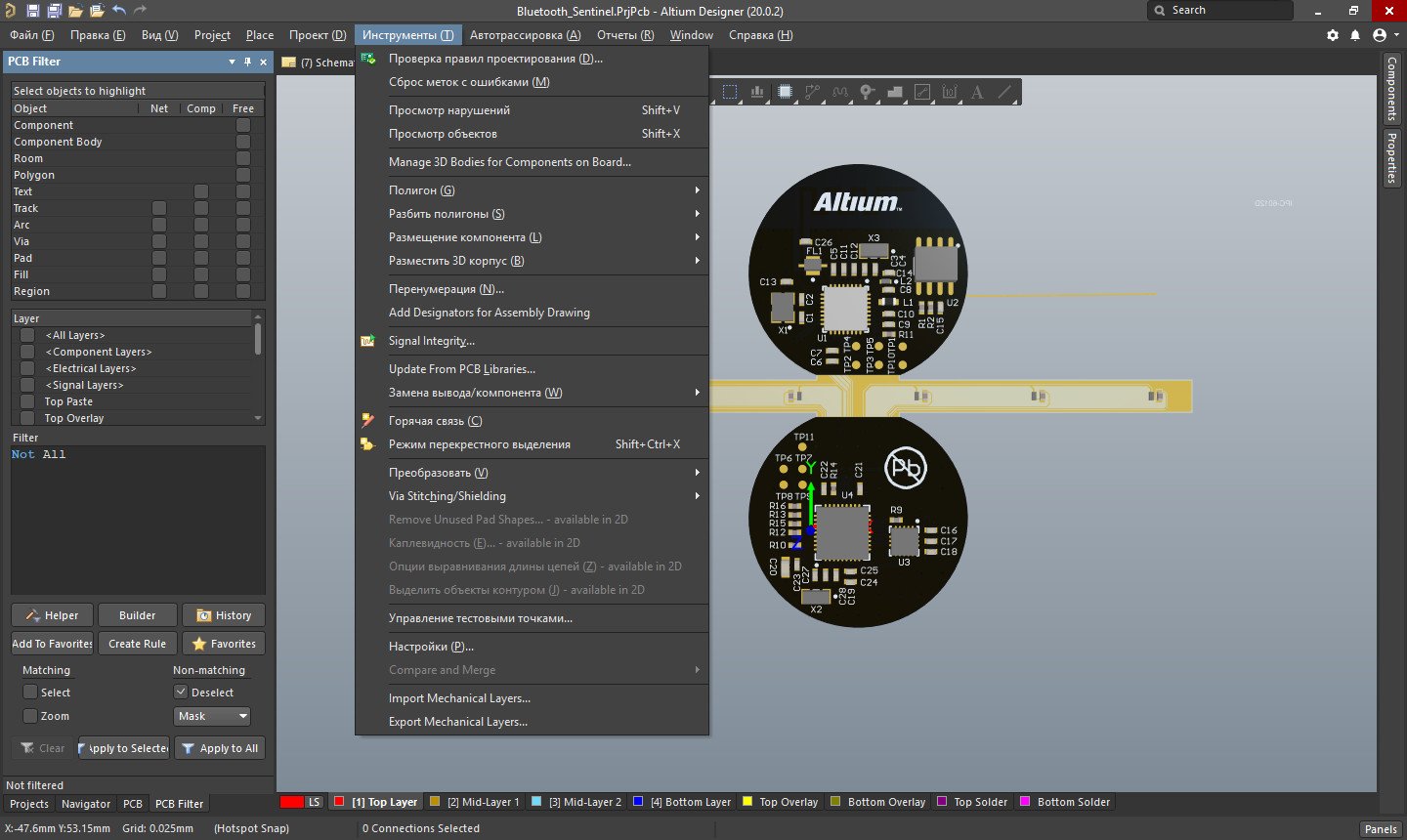
However, for working with components, you only need 3 types of libraries:Ī schematic library file (.SchLib) stores the schematic symbol for a component and all the properties for a component, like the manufacturer information and some electrical data. In total, there are 7 types of libraries in Altium Designer. Libraries are stored as files on your computer, and this lets you share your component libraries with other designers. When you want to reuse old component data, or create new components, you’ll need to create a library to hold all of the data.

For now, we want to see how to use libraries so that footprints and schematic symbols can be accessed and used in a PCB.īefore we look at creating any of this information for components, we need to look at how to use libraries. ECAD applications have multiple tools available to do this, and we’ll look at this in more detail in the next lesson when we start to create components. All ECAD software applications use libraries to store component information, including symbols, PCB footprints, simulation models, and 3D models that are used to define a component.

Libraries operate on a simple concept: store component data for use in projects. When you add components into a project from the Manufacturer Part Search panel in Altium Designer, or you download a component from a component website, you’re taking that component data and placing it into a library so that it can be used in your design. All component data is stored somewhere in a library, whether it’s in a project folder on your local computer, or in the cloud on Altium 365.


Sometimes, when another designer shares a project with you, they won’t just share schematics and PCB files, they will also share libraries. If you look at PCB design forums, sites like stackexchange, or design guides on the internet, you’ll often see mentions of libraries.


 0 kommentar(er)
0 kommentar(er)
